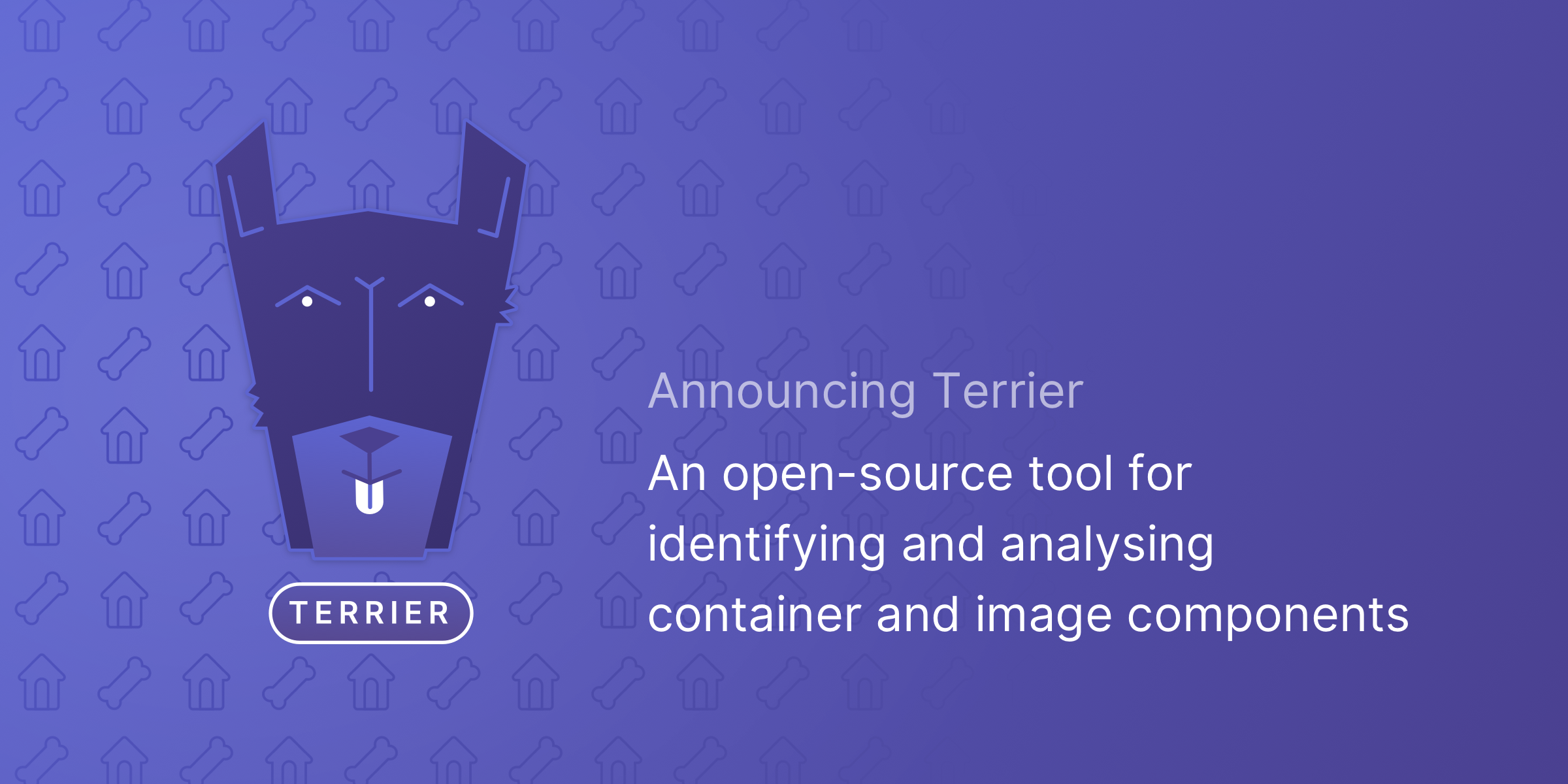As part of our Blackhat Europe talk “Reverse Engineering and Exploiting Builds in the Cloud” we publicly released a new tool called Terrier.

In this blog post, I am going to show you how Terrier can help you identify and verify container and image components for a wide variety of use-cases, be it from a supply-chain perspective or forensics perspective. Terrier can be found on Github.
